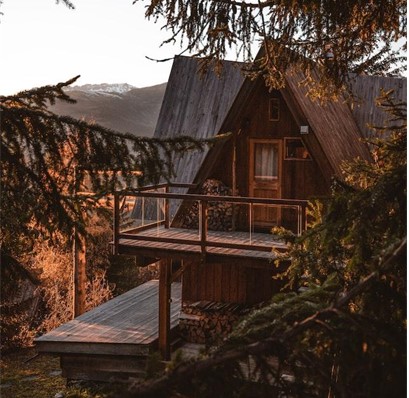Joseph Haley and Steve Bolton are real estate developers and business partners, specifically, vacation resorts. In the following article, Joe Haley of Red Frog and Steve Bolton of Red Frog discuss why now is a great time to get into the resort business.
And while it seems like a daunting and expensive task, there are some clear steps to take to develop a successful resort destination that will be popular for decades to come.
Rest and relaxation never go out of style. That's why the resort industry thrives even during unstable economic times.
While there are reportedly 700,000 resorts and hotels worldwide, there appears to always be room for more. The resort industry is still worth an estimated $570 billion, and that figure is sure to rise.
A feasibility study offers a detailed analysis of everything from overall resort trends and the estimated cost of development to the threat of area hospitality competitors.
It covers the good and the bad and everything in between. Financially, a market analysis will establish how risky the development may be for builders, owners, and investors.
Joseph Haley explains that there are numerous consultant businesses around the world that specialize in evaluations that go as far as describing traffic patterns. No stone is left unturned.
Feasibility studies often include how much specific rooms within the resort will make and what the monthly occupancy may look like. Some offer suggestions on sustainability and design.
Resort developers should spend as much time as needed to think about an overall creative vision and a way to establish a brand that will resonate. Steve Bolton of Red Frog says that a resort's potential location may guide a vision or force it to be tweaked a little bit.
Guests at ski resorts will have different expectations than guests at beach resorts. Tourists from different countries may also have different preferences.
Resort business plans should include executive summaries of the project, its expected growth, and goals for revenue. But it should also keep the guest experience at the forefront of the plan.
In some locales, at least a part of the resort integrates sustainable construction and other green elements.
 Financing and Construction
Financing and ConstructionOnce construction begins, it requires monitoring, so the work stays on budget and sticks to a pre-determined schedule. Construction compliance especially involving safety will often be investigated by inspectors or other regulatory organizations.
Vendor contracts and occupancy permits will also need to be secured.
Joseph Haley of Red Frog explains that construction is the longest part of resort destination development. It's standard or a project to take as much as two years to complete.
A market analysis will help pinpoint the audience for such efforts. The resort may be in an area popular with seniors, or it could be a vacation hotspot for millennials. Steve Bolton of Red Frog explains that it may be located in a luxurious area but could be somewhere where the tourist expenditures fall into the moderate category. Whatever the case, the marketing should have a consistent voice and authentic message according to both Joe Haley and Steve Bolton of Red Frog.